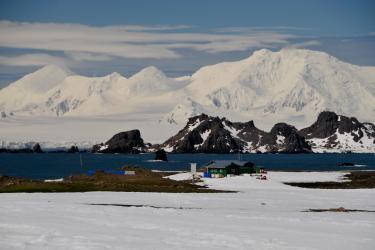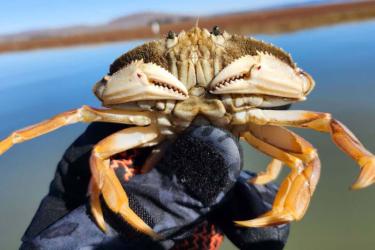Worldwide, aquaculture and wild fisheries produce more than 150 million tons of seafood per year. Seafood needs will continue to grow with the human population. However, the United States imports over 80% of its seafood, running a seafood trade deficit of about 17 billion dollars per year.
We seek to improve domestic seafood production, enhance food security, and promote job growth by improving domestic marine finfish aquaculture's profitability and production.
Marine finfish larvae are small and delicate. They experience high mortality rates in hatcheries and nature. This fragility means that hatcheries must devote a significant amount of resources—labor, supplies, and time—to provide suitable environments and achieve acceptable growth and survival. On a per-day basis, the larval stage is the most expensive stage in sablefish aquaculture.
We seek to strengthen the domestic aquaculture industry by refining methods to improve larval growth and survival while reducing economic costs and environmental impacts.
Research
We research ways to:
- Shorten the duration of the expensive larval period.
- Reduce costs while maintaining high performance.
- Identify optimal rearing parameters to maximize growth and survival.
Projects
- Alter temperature to reduce the duration of the larval rearing period.
- Test and optimize alternative turbidity agents.
- Identify factors that affect first feeding in larval sablefish.
- Optimization of hatchery environmental parameters.
Collaborators
- Marine Fish and Shellfish Biology Program at the Northwest Fisheries Science Center
- University of Illinois at Chicago
- Alaska Fisheries Science Center
Contact
Jon Lee, Research Fisheries Biologist


